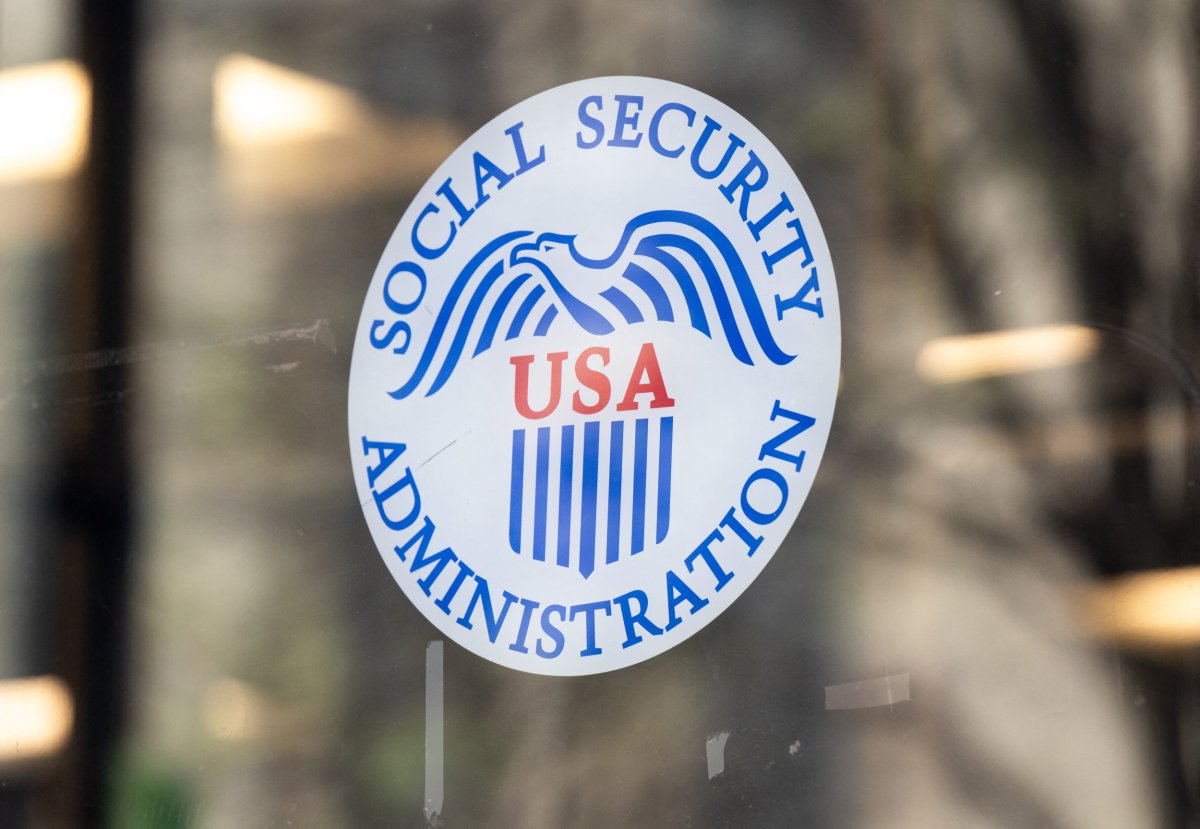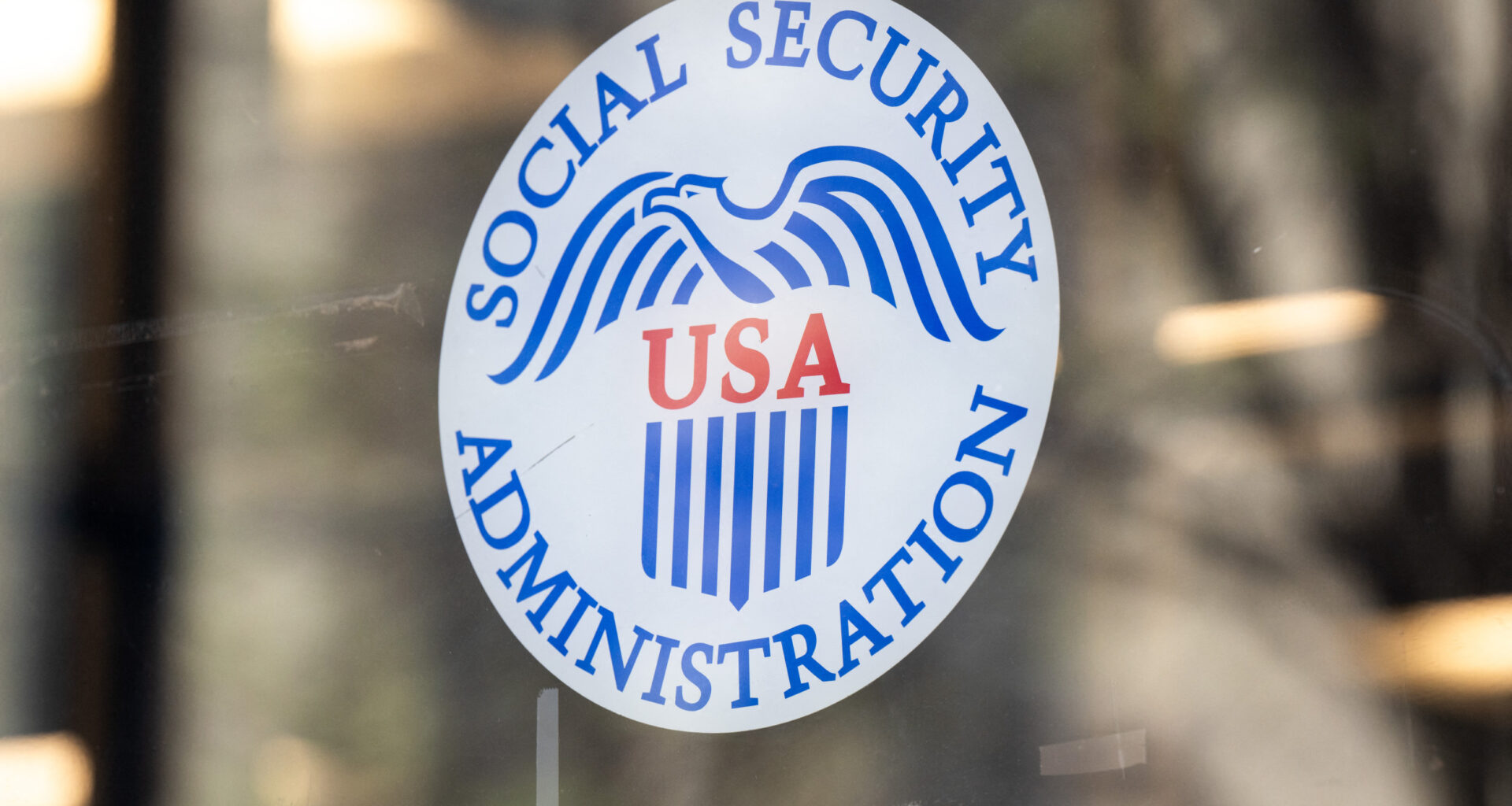The Social Security Administration (SSA) has announced a significant upgrade for millions of Americans: The My Social Security online portal will offer 24/7 access starting mid-July.
The change marks a major improvement in customer service, allowing beneficiaries and applicants to manage their Social Security accounts at any time, day or night.
Why It Matters
Social Security remains a critical pillar for more than 60 million Americans, whose financial security often depends on timely access to the program’s resources.
Until now, the online portal has experienced scheduled downtimes, limiting access for retirees and those seeking to manage their benefits or documentation.
This shift to uninterrupted access comes amid mounting financial pressures on the Social Security system and broader concerns about the program’s sustainability, particularly as the trust fund’s money for full payments is set to run out within the next decade without legislative intervention.
What To Know
The revamped My Social Security portal is designed to give both beneficiaries and non-beneficiaries around-the-clock access to their accounts.
Through the portal, users can request replacement Social Security cards, upload documents, submit online forms, and manage critical features such as direct deposit information, tax forms, and benefit verification letters. Non-beneficiaries can also check application statuses and access personalized estimates of their or their spouse’s benefits, according to the SSA.
“My top priority is to transform SSA into a model of excellence—an organization that operates at peak efficiency and delivers outstanding service to every American,” SSA Commissioner Frank Bisignano said in a statement.

A Social Security Administration (SSA) office in Washington, D.C.
A Social Security Administration (SSA) office in Washington, D.C.
SAUL LOEB/AFP via Getty Images
This initiative is part of a larger overhaul at the SSA aimed at addressing long-standing issues, such as backlogs and lengthy wait times, which have been exacerbated by the growing number of baby boomer retirees.
Beyond the online upgrade, SSA reports that 70 percent of its field offices have new phone technology, the answering speed for its 800-number has improved by 35 percent, and 90 percent of calls can now be handled through self-service or with a convenient callback feature.
“Currently, there are late-night and weekend hours when the portal is closed. Many elderly beneficiaries rely on family or service providers to make online updates, so the expanded service hours will only help those who are helping our seniors,” Drew Powers, the founder of Illinois-based Powers Financial Group, told Newsweek.
What People Are Saying
Martha Shedden, president and co-founder of the National Association of Registered Social Security Analysts, told Newsweek: “We welcome any improvements SSA makes to customer service, particularly phone service wait times and field office staffing increases. The SSA.gov web portal plays a significant role in customer service.”
Alex Beene, a financial literacy instructor for the University of Tennessee at Martin, told Newsweek: “The online portal reflects an evolving form of connecting with beneficiaries centered on more efficiency and modernness. The Social Security Administration, much like other government entities, has long been the subject of mixed feedback from beneficiaries who struggle with issues of applying for benefits, receiving them, and everything in between.”
Kevin Thompson, the CEO of 9i Capital Group and the host of the 9innings podcast, told Newsweek: “Now, anytime there’s a tech upgrade in the Social Security system, I’ll call that a win. But let’s be real; most retirees probably won’t notice a huge difference. Many still prefer the phone or that personal touch. That said, improvements to the phone system will help save time and still give folks that human connection if they need it.”
What Happens Next
The SSA’s portal upgrade is scheduled to go live in mid-July, providing uninterrupted service nationwide.
Officials say this move is intended to help meet the needs of current and future beneficiaries as the agency also faces broader questions about the solvency of Social Security before the projected trust fund depletion in 2033.
“The hope is this new portal will remedy some of those problems, but in terms of effectiveness and its appeal to non-digitally literate recipients, it remains to be seen if benefits will outweigh any issues,” Beene said.
